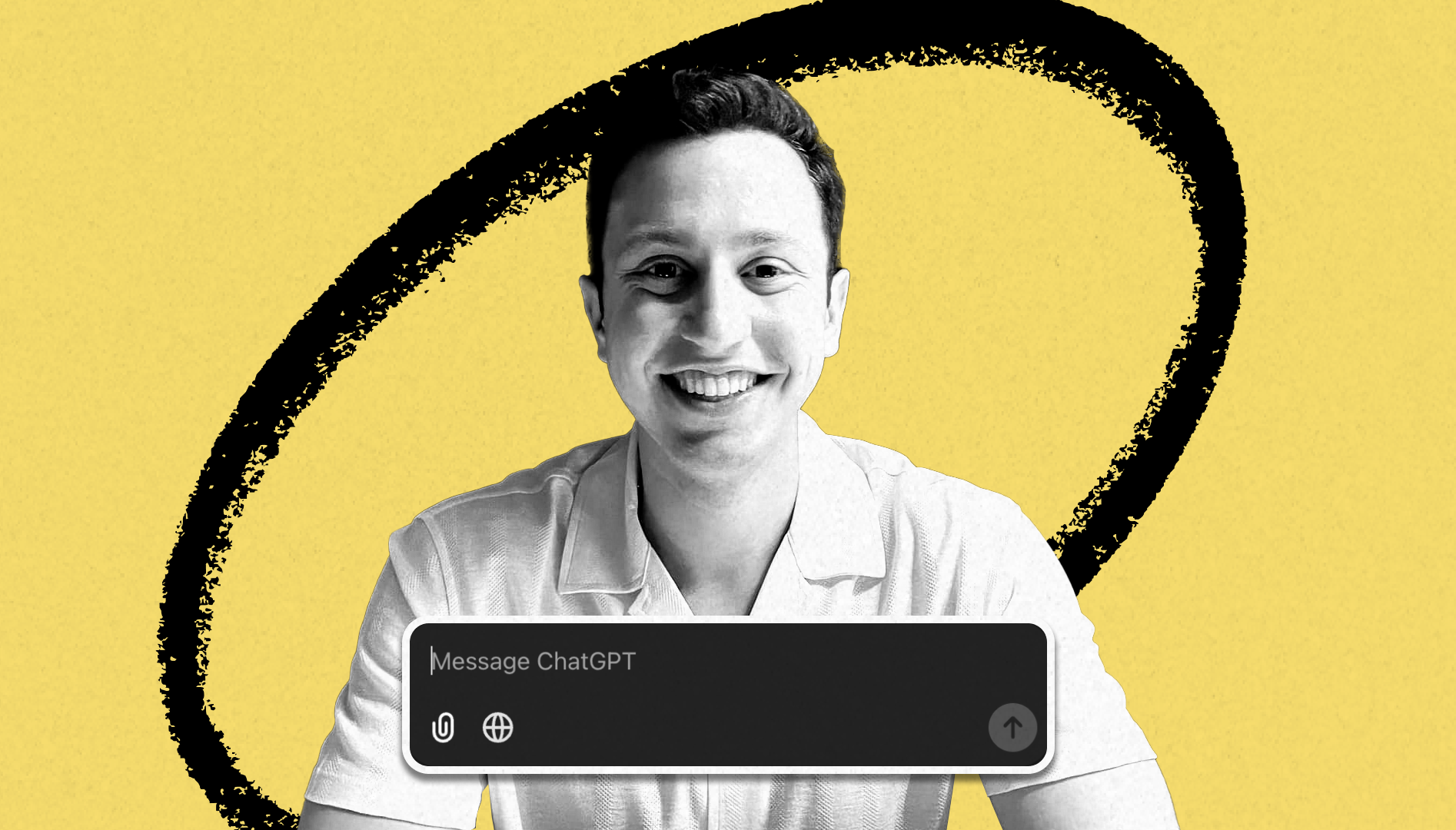
TL;DR: Today we’re releasing a new episode of our podcast AI & I. I go in depth with Jared Zoneraich, the cofounder and CEO of PromptLayer, a platform designed to streamline prompt engineering workflows for teams. We get into how the field of prompt engineering is evolving, and the role non-technical domain experts will play in the next big changes in AI. Watch on X or YouTube, or listen on Spotify or Apple Podcasts.
Prompt engineering isn’t just about telling AI to solve your problems—it’s about knowing which ones to solve.
Yet there’s a mismatch between the people who can identify the right problems—experts with deep domain knowledge—and the technical infrastructure required for developing and refining prompts. Jared Zoneraich, the cofounder and CEO of prompt engineering platform PromptLayer, is bridging the gap with a platform on which non-technical experts can manage, deploy, and evaluate prompts quickly.
The role of human prompt engineers, however, has been the topic of controversy, with some arguing that AI can optimize prompts better than us, while others suggest that more capable LLMs eliminate the need for meticulously crafted prompts altogether. I spent an hour talking to Jared about why he believes prompt engineering isn’t becoming obsolete. He also tells me everything he’s learned about writing a good prompt and what the future of AI tools looks like. Here is a link to the episode transcript.
This is a must-watch for prompt engineers, people interested in building with AI systems, or anyone who wants to generate predictably good responses from LLMs.
Watch on X or YouTube, or listen on Spotify or Apple Podcasts.
Go deeper with Jared
Every paid subscribers can read the top takeaways from this episode, such as:
- Jared’s thesis around the nature of problems that the prompt engineering debate misses
- The prompt engineering best practices Jared recommends around prompts, evals, and datasets
- Why Jared believes the interfaces of AI tools in the future will be more general purpose in nature
Want to get all of this and more? Subscribe to Every below.
The Only Subscription
You Need to
Stay at the
Edge of AI
The essential toolkit for those shaping the future
"This might be the best value you
can get from an AI subscription."
- Jay S.
Join 100,000+ leaders, builders, and innovators

Email address
Already have an account? Sign in
What is included in a subscription?
Daily insights from AI pioneers + early access to powerful AI tools









.png)
.31.48_AM.png)